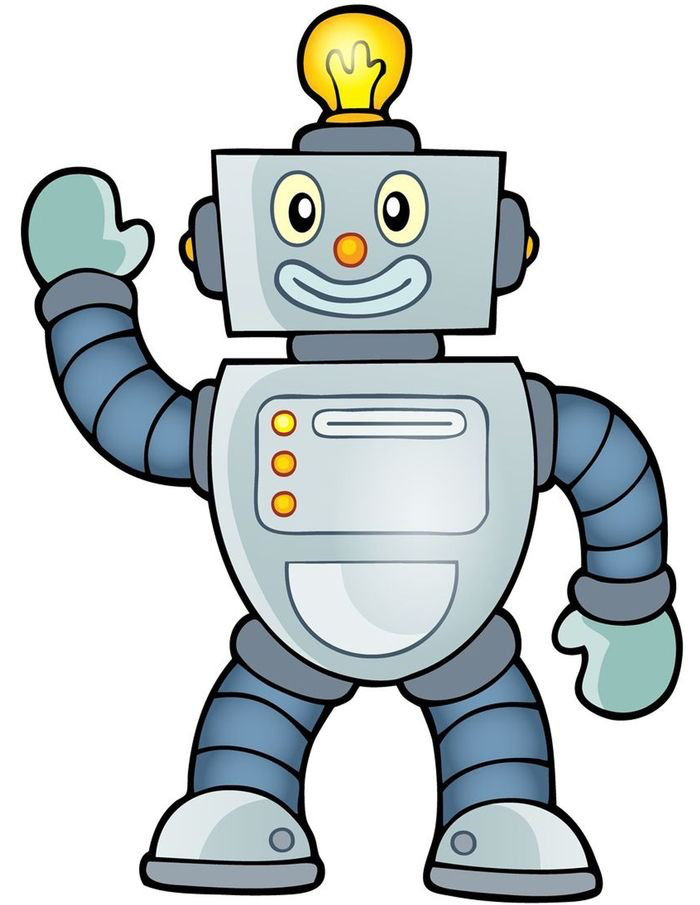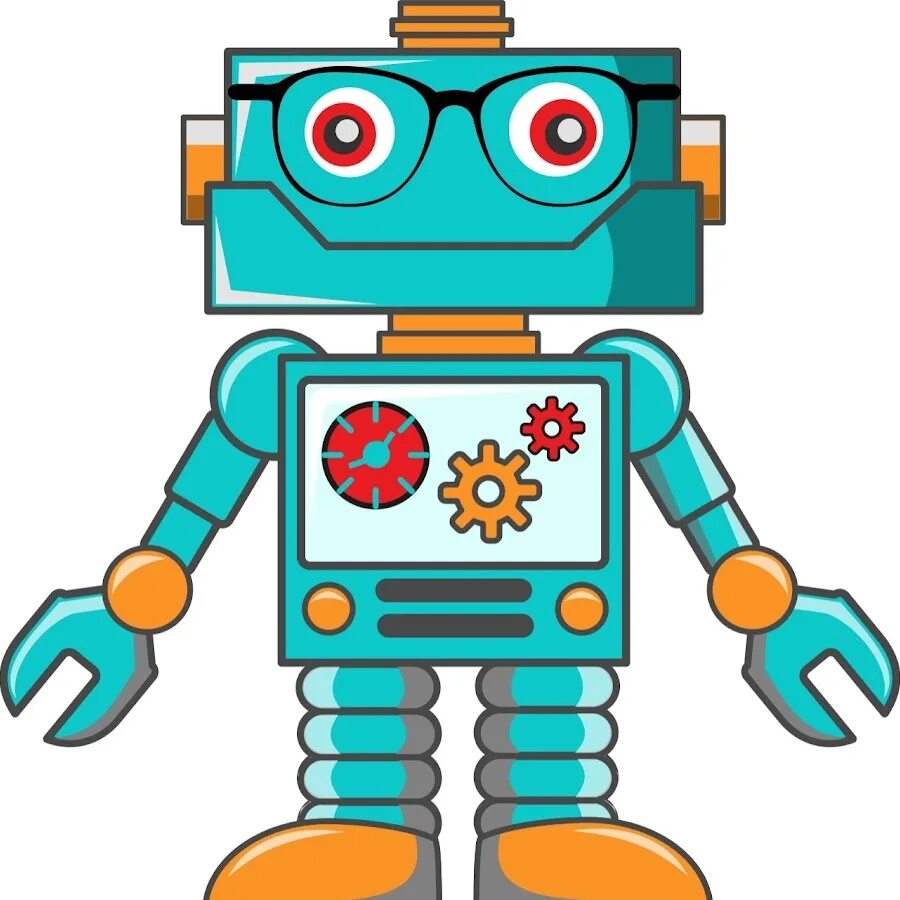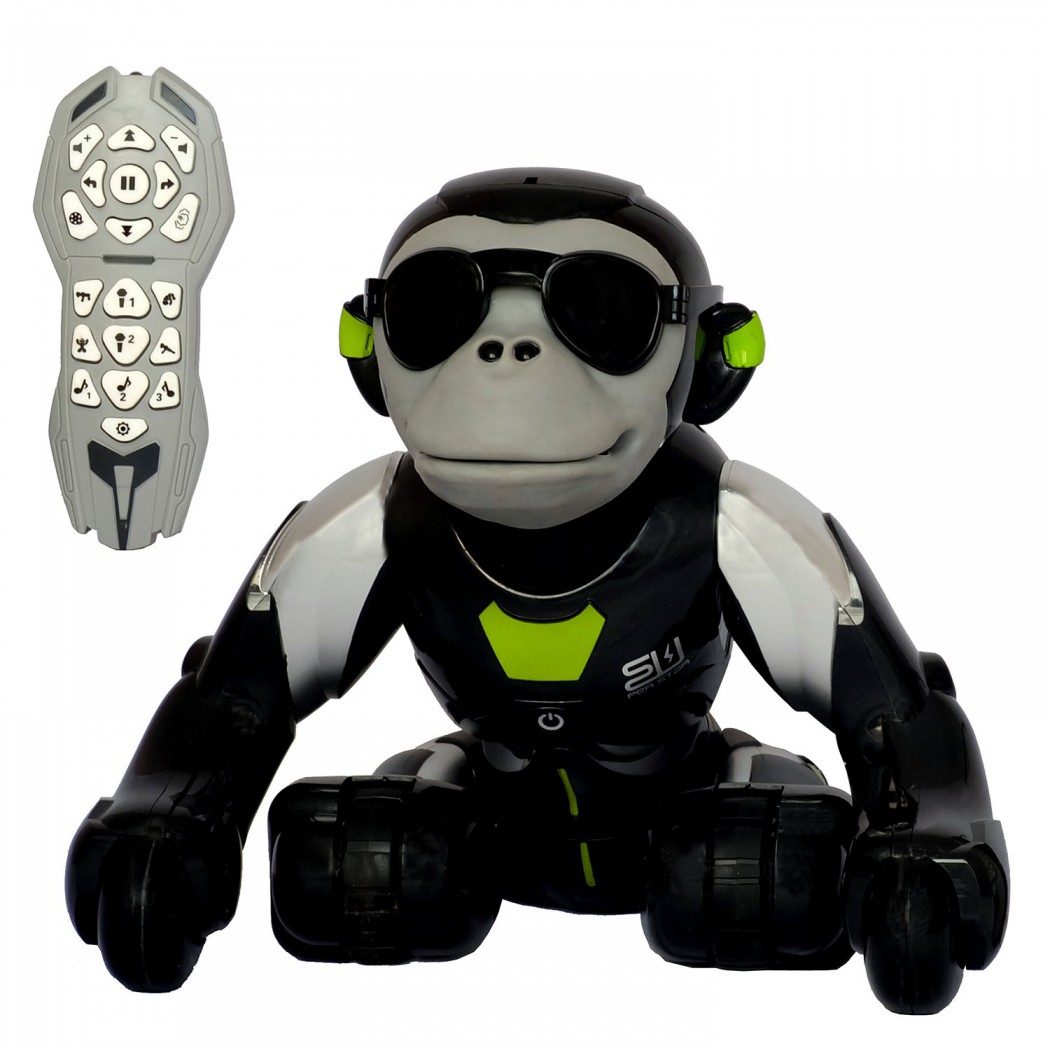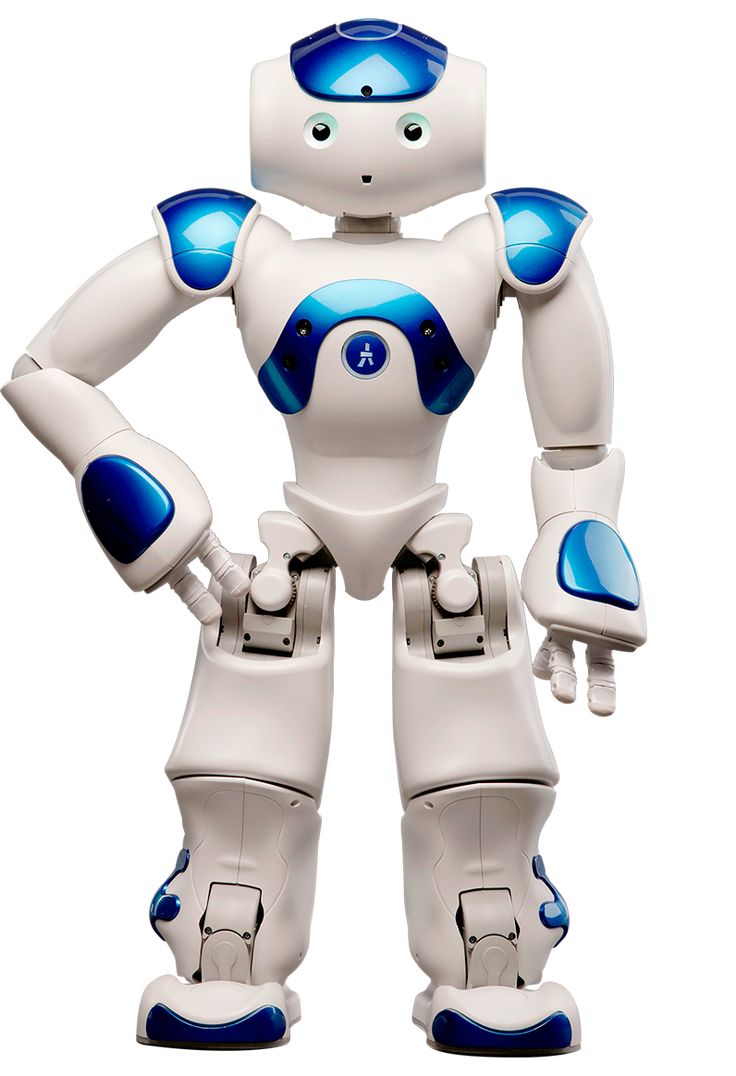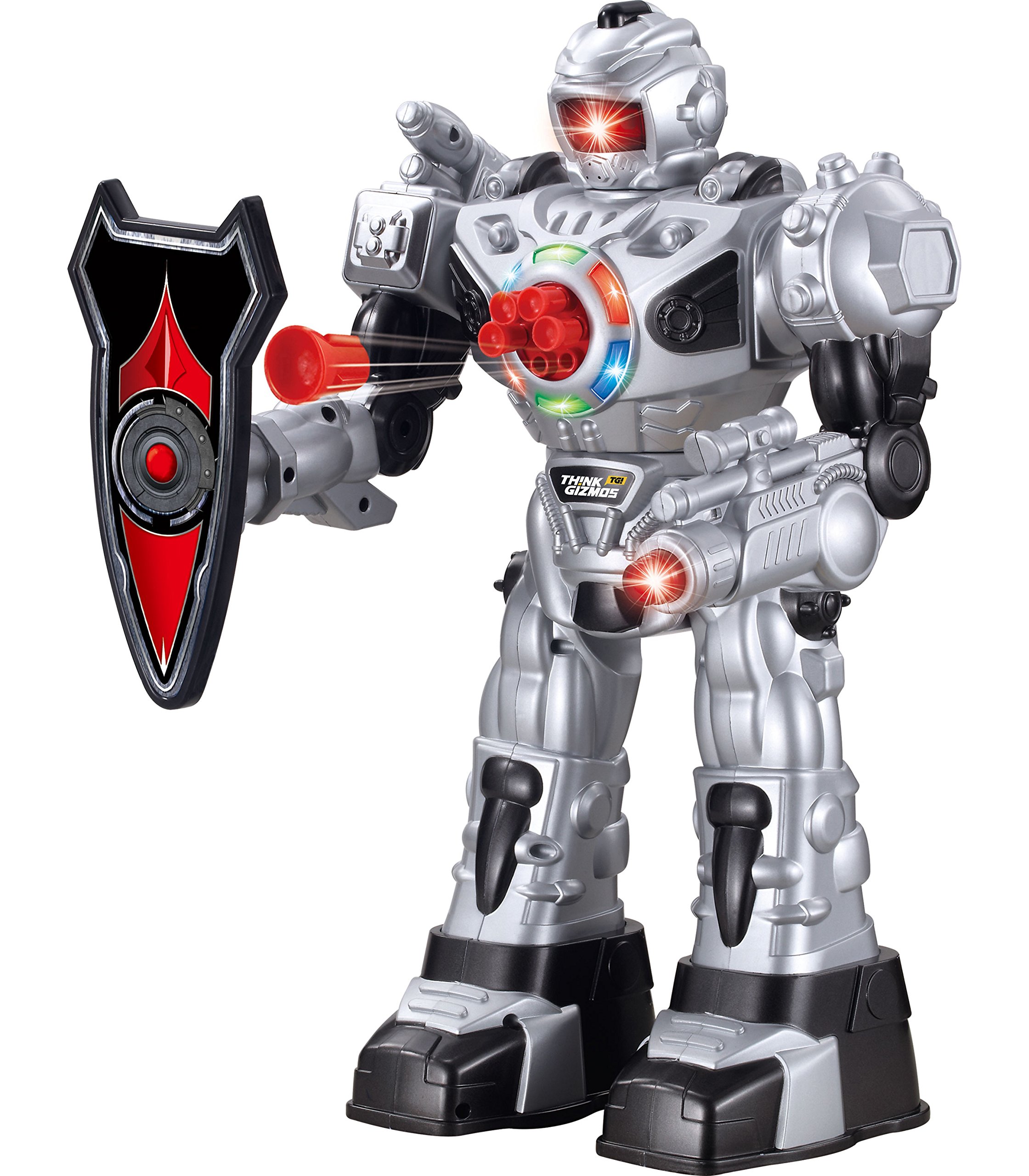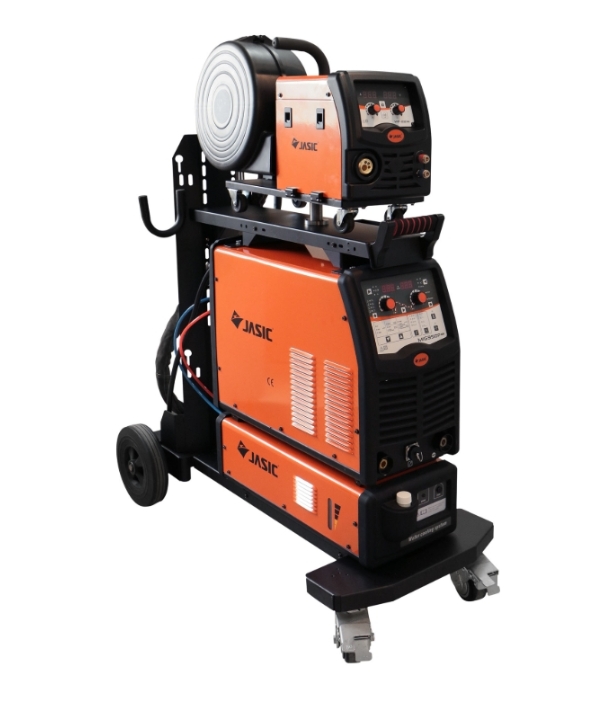In a groundbreaking development that could revolutionize medical examinations, researchers at the University of Science and Technology of China have created a soft robotic "finger" capable of performing routine doctor's office procedures with remarkable sensitivity. This innovative device, detailed in a study published on October 9 in Cell Reports Physical Science, represents a significant leap forward in the field of soft robotics and medical technology.
A Delicate Touch in a High-Tech Package
The newly developed robotic finger addresses a longstanding challenge in medical robotics: combining the gentleness and sensitivity of human touch with the precision and consistency of machines. Unlike its rigid predecessors, which raised concerns about safety and delicacy in medical examinations, this soft robotic finger can perform tasks as nuanced as taking a patient's pulse or detecting abnormal lumps with a level of sophistication approaching that of human touch.
Hongbo Wang, a sensing technologies researcher involved in the study, envisions far-reaching applications for this technology. "By further development to improve its efficiency, we also believe that a dexterous hand made of such fingers can act as a 'Robodoctor' in a future hospital, like a physician," Wang explains. He further suggests that when combined with machine learning, this technology could pave the way for automatic robotic examinations and diagnoses, particularly beneficial in underdeveloped areas facing severe shortages of healthcare workers.
The Science Behind the Sensitivity
The key to the robotic finger's exceptional sensitivity lies in its innovative design. The device incorporates conductive fiber coils strategically placed within its structure:
- Coils wound on each air chamber of the finger's bending actuators
- A twisted liquid metal fiber mounted at the fingertip
This configuration allows the device to monitor, in real-time, both the degree of finger bending and the force applied at the fingertip. By measuring properties that affect the flow of electrical current through these components, the robotic finger can perceive an object's properties with a sensitivity rivaling human touch.
Putting It to the Test
To demonstrate the capabilities of their creation, the research team subjected the robotic finger to a series of increasingly complex tests:
- Feather Touch: The device showed high sensitivity in force sensing by detecting the subtle brush of a feather against its fingertip.
- Varied Pressures: It accurately perceived different types and quantities of force when tapped and pushed with a glass rod.
- Medical Simulations: Mounted on a robotic arm, the finger successfully identified three lumps embedded in a large silicone sheet, mimicking a doctor's examination technique.
- Pulse Detection: The device correctly located an artery on a participant's wrist and measured their pulse.
- Dexterity Demo: In a display of fine motor control, the robotic finger even "typed" out the word "hello" like a human hand.
Implications for Healthcare and Beyond
The potential applications of this technology extend far beyond simple medical examinations. As Wang explains, "We hope to develop an intelligent, dexterous hand, together with a sensorized artificial muscle-driven robotic arm, to mimic the unparalleled functions and fine manipulations of the human hands."
Such advancements could lead to:
- Early Disease Detection: Improved sensitivity in robotic examinations could aid in the early detection of diseases like breast cancer, potentially increasing treatment efficacy.
- Patient Comfort: By providing a consistent and gentle touch, robotic examinations might help alleviate patient discomfort during physical exams.
- Telemedicine Advancements: This technology could enhance remote medical examinations, bringing expert care to underserved areas.
- Prosthetics Innovation: The principles behind this sensitive touch could be applied to create more responsive and intuitive prosthetic limbs.
Challenges and Future Directions
While the current prototype shows immense promise, there are still hurdles to overcome before we see "Robodoctors" in hospitals. The researchers note that additional sensors could create even more flexibility in the robotic finger's joints, allowing for multi-directional movement more akin to a human finger.
Moreover, integrating this technology into a full robotic hand and arm system, and then teaching that system to perform complex medical examinations, represents the next frontier in this research. The combination of advanced robotics with machine learning algorithms could lead to a new era of automated, yet highly sensitive, medical care.
As we stand on the brink of this technological revolution in healthcare, the soft robotic finger developed by the University of Science and Technology of China serves as a tangible reminder of how far we've come - and how much further we might go - in our quest to merge the precision of machines with the irreplaceable sensitivity of human touch.


